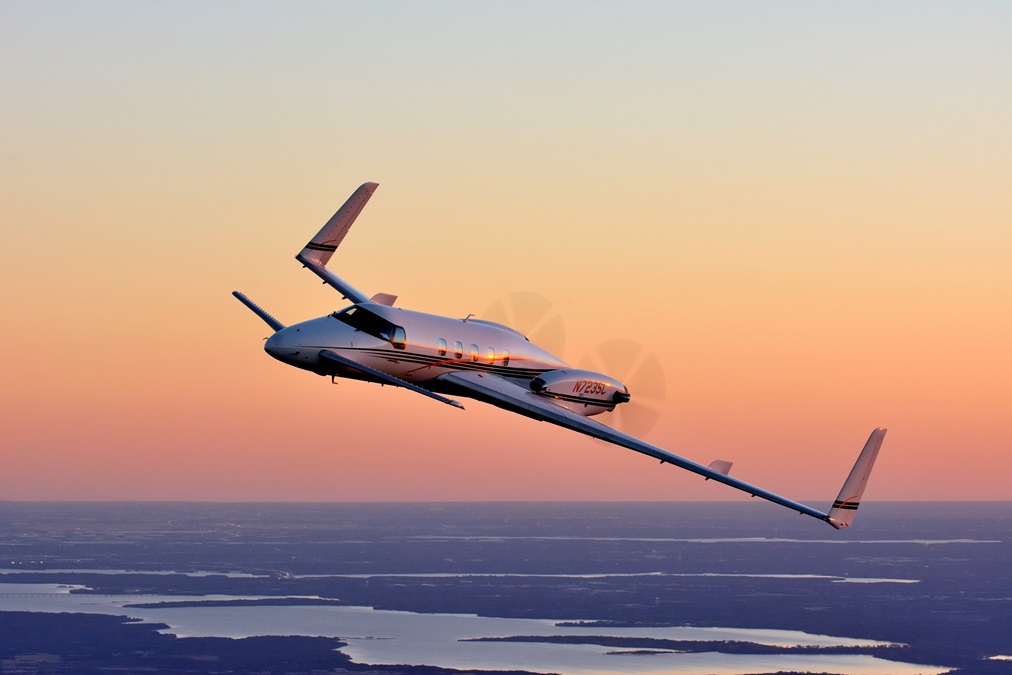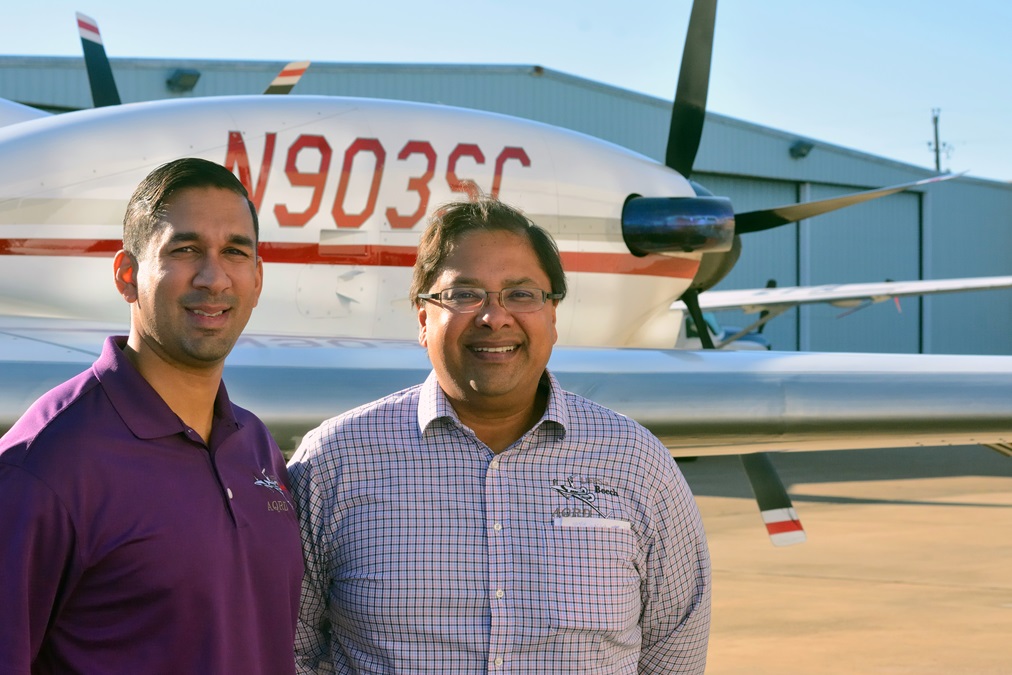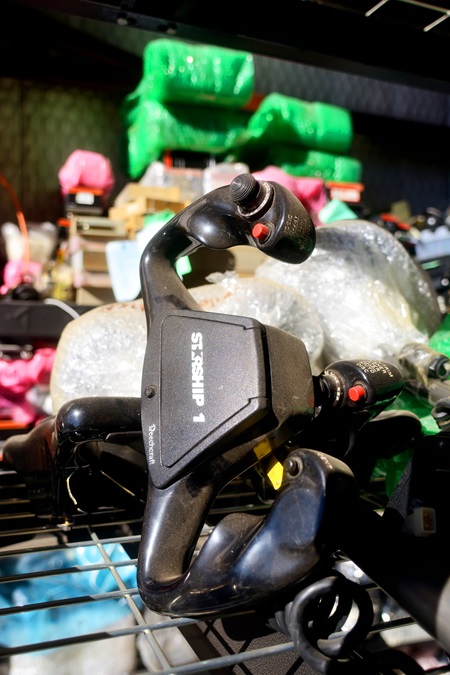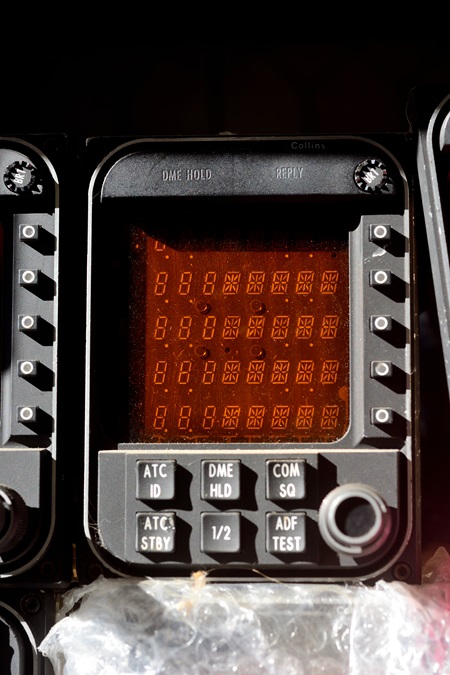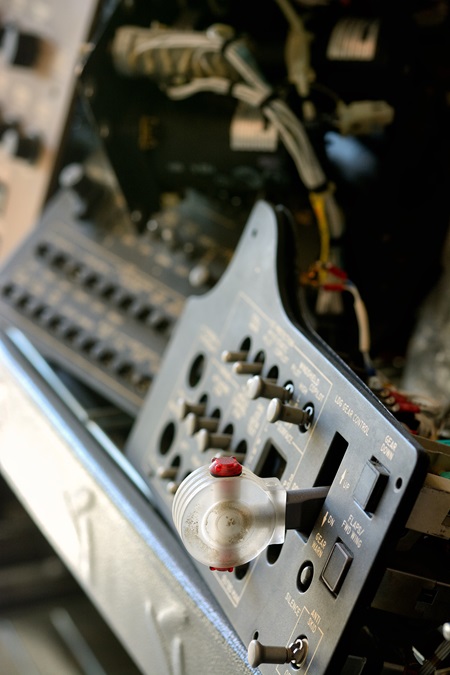Celestial survivors
Some Beech Starships still earn their keep
That’s what many believe is what became of all 53 Starships Beechcraft produced. It’s not correct.
The first Beech King Air flew in January 1964. The first full-scale Starship prototype—intended to replace the King Air in Beech’s product line—flew in 1986. Certified on June 14, 1988, production ended in 1995. Meanwhile, more than half a century after it was certified, the King Air remains in production; nearly 7,000 have been built. What happened to the Starship?
Certified under the Part 23 Commuter category, the Starship was the first all-composite business aircraft; the first certificated general aviation aircraft with an all-glass cockpit and an integrated flight management system; and the first certificated tandem wing (canard) aircraft. The hand-layup composite was heavy—fiber-winding technology of the day wasn’t up to the task—and design changes to meet the new Commuter certification standards further increased the maximum takeoff weight, which blew through the 12,500-pound goal. And the aircraft was expensive, listing for $3.7 million at certification. (In 1993, the updated Starship 2000A had a 14,900-pound MTOW and listed for $4.7 million.) By 1992 Beech was leasing Starships for $25,000 per month.
In 2003, Raytheon—which then owned Beechcraft—decided to decommission the Starship fleet. The company flew many to an aircraft boneyard in Marana, Arizona, as their leases ended, and a few private owners agreed to sell. But several refused. And some of the airframes sent to Marana escaped destruction; one of those has been returned to service. Another seven repose in museums.
Today five Starships remain airworthy. At Addison Airport north of Dallas, you might see two working Starships; brothers Raj and Suresh Narayanan operate them for their business, Aerospace Quality Research and Development (AQRD), and personal travel. Flying examples also are based in Colorado, Oklahoma, and Germany. (Ownership of a sixth potentially airworthy Starship in Mexico is unclear.)
And like many other orphaned aircraft, it’s up to the community of owners to keep the remaining Starships flying. Fortunately, these owners are up to the challenge.
In 2004, Colorado Starship owner Robert Scherer bought the Starship parts inventory—160,000 parts, originally valued at $38 million—from Raytheon for pennies on the dollar. Twelve tractor-trailer loads filled a warehouse.
The Narayanans put the Starship on AQRD’s repair station certificate, and can perform all maintenance and repairs on the aircraft. For example, when Rockwell Collins stopped supporting its AMS 850 avionics—also used in early Lear 60s and the Beechjet 400—Raj designed and certified a replacement database. “The database is produced in two 1.4-megabyte floppy disks,” he explained. Memory chips on the aircraft are limited to 3 MB. “The Starship’s like a TI-99 [Texas Instruments calculator from the early 1980s] from a computing perspective.”
Composite repairs are not a problem for the shop. In fact, the Narayanans believe that holes drilled through the spars of the surviving Marana airframes could be repaired, although this has not been attempted.
Goodyear made 500 Starship tires—its minimum production run—in an order that was divided among the Starship owners.
Why the Starship?
Raj had logged time flying a Cirrus, but he needed more capability. “I really wanted a competent twin, and I preferred a turboprop.” He looked at a lot of airplanes, and considered the Piper Cheyenne III, Mitsubishi MU–2, and twin Cessnas before settling on the Starship. Making the decision were operational costs; the appeal of a composite airframe, which avoids the corrosion and fatigue he’s seen in so many metal aircraft; and a desire to really get to know the aircraft. “The Starship represented to me the perfect opportunity to learn and understand everything in the airplane. Sometimes I maybe regret that,” laughed Raj, who feels his Starship provides the performance of a Phenom or Citation Mustang with more payload.
He purchased Starship serial number NC-50 in late 2010, and trained in it through 2011. (In 2014, the Narayanans acquired and restored NC-33, which lost only its data plate in Marana, and today is registered Experimental.)
Learning to fly a Starship today presents challenges—there are no simulators or designated pilot examiners. Bill Brunton, a former Beech pilot, taught Raj how to fly the airplane; they also flew together on business trips, adding pattern work on return to the airport. Raj had 80 to 100 hours when an inspector from New York came down to administer the single-pilot type rating checkride. Raj earned his ATP in the Starship a year later. (Suresh also is a pilot, renting a Garmin G1000-equipped Cessna 172 for personal and business flying. He plans to carve out time to train in the Starship.)
Its avionics are complex. “You’ve got to think about flying that airplane,” explained Raj, who now has about 2,300 hours in Starships. “If I don’t fly the Starship every two weeks, I’m behind the power curve.” Entering data into the flight management system was intimidating at first; he likens data entry with 10 alphanumeric keys to texting on an old flip phone, where you press the 7 key four times to type the letter S.
The aircraft is forward CG-limited. “Because of the 16 CRTs, there’s 460 pounds up in the nose,” he said. And those cathode ray tubes generate a lot of heat; a failed avionics cooling fan is a no-go item.
Takeoff acceleration is a kick. The next kick is watching the forward wings sweep back, which happens automatically as the flaps come up.
Like many canards, the Starship’s stall is benign. “It’s called a pitch-buck,” Raj said. As you haul back on the yoke, the stick shaker kicks in around 95 knots; the forward wing stalls, the aircraft pitches down, the wing starts flying again, and it pitches back up as the aircraft descends at 500 fpm. Control forces seem surprisingly heavy, especially in roll.
Ice protection is automatic. “You don’t spend a lot of time in icing—you barrel up at 3,000 or 4,000 feet per minute,” Raj said. And the cockpit is quiet—so quiet that above FL250, he doesn’t wear a headset.
“You’ve got to think about flying that airplane,” explained Raj, who now has about 2,300 hours in Starships. “If I don’t fly the Starship every two weeks, I’m behind the power curve.”At the end of a flight, gear can come out below 200 knots and flaps below 180; Raj plans on 140 knots at one mile and 125 knots across the overrun. “Landing isn’t the most elegant thing—with no trailing link [gear] it’s a good, firm plant.” Reverse thrust slows the airplane very efficiently; Raj has not found logbook entries for either of his Starships indicating that the carbon/carbon brakes ever had been replaced. Before shutdown he lets the engines cool down for 30 seconds to a minute. “It means a lot to these engines. You don’t have to do it, but it buys you a lot of time.”
Raj normally plans for 310 to 330 knots and 95 gallons per hour, and a range of about 1,300 nautical miles, which can get him almost anywhere he needs to go nonstop from Dallas. “Seattle is my only real issue.” That trip normally means a fuel stop at Centennial Airport in Denver.
Wherever they take the airplane, it turns heads. “Starship, take me with you!” called a voice on the North Texas Regional Airport tower frequency during a demonstration flight. “They always say that,” Raj laughed.
Email [email protected]

